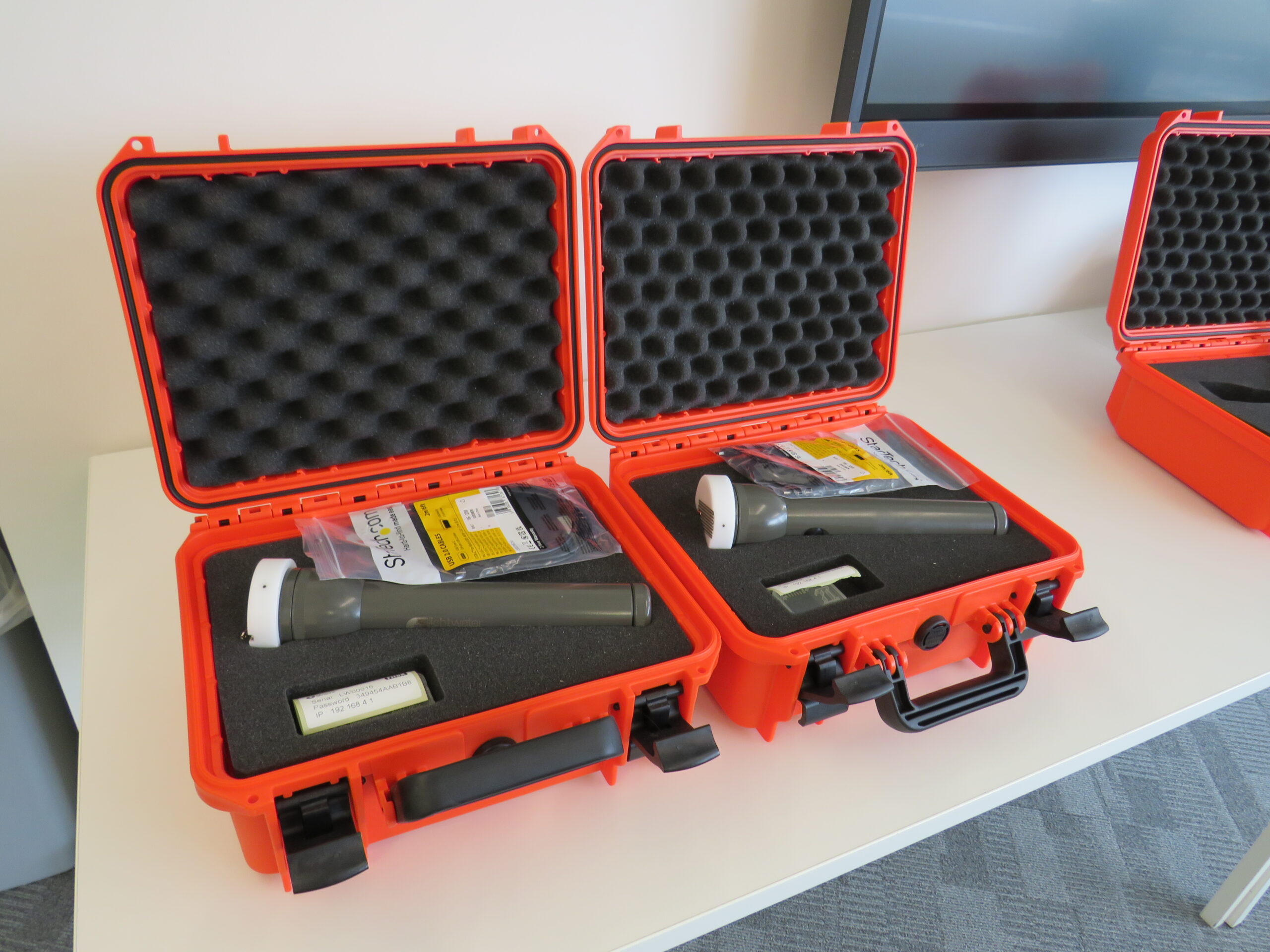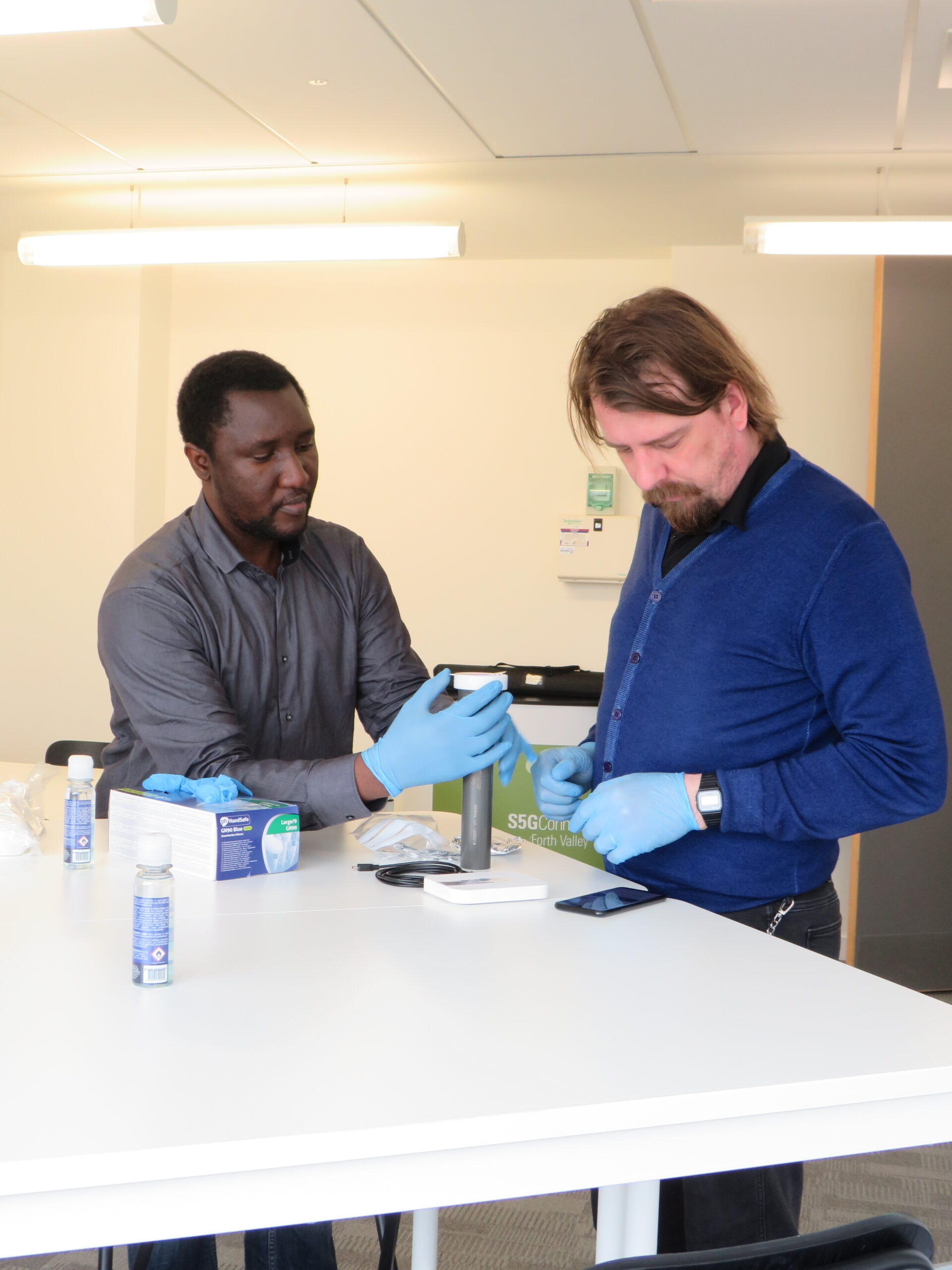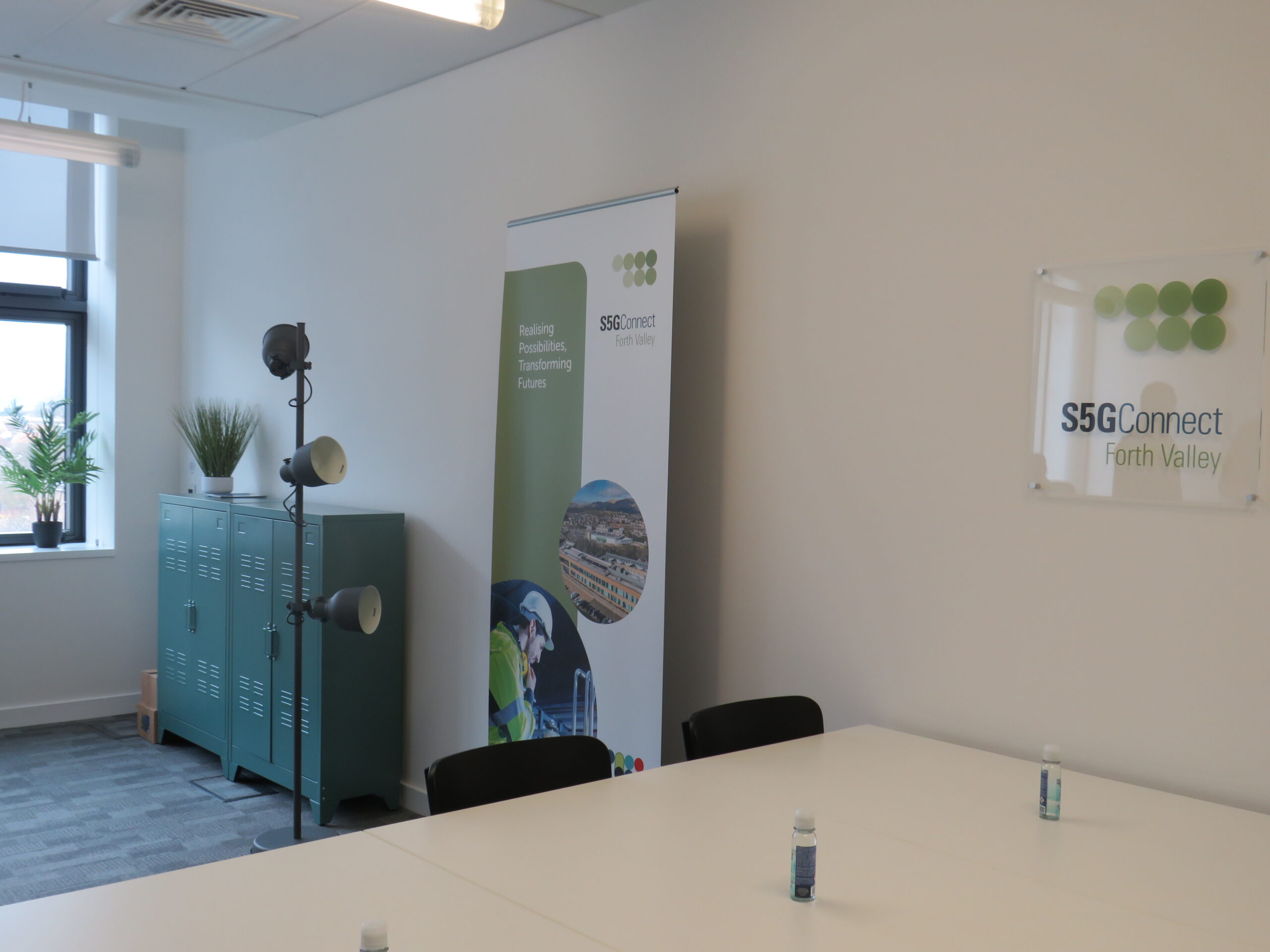5G-enabled Testing at our Innovation Hubs – Lightwater Sensors
Lightwater Sensors are a spin-out from the School of Physics & Astronomy at the University of St Andrews, specialising in developing portable, real-time optical chemical sensors for pesticides, pharmaceuticals, and explosives.
Currently funded by a Scottish Enterprise grant under the High Growth Spin Out programme, their hand-held devices are portable, lightweight, and transmit real-time data.
Lightwater Sensors has won the 2020 Converge Kickstart Challenge and the 2021 Scottish Wild Card EDGE awards.
We spoke to Founder Dr Ross Gillanders:
1. What are you testing at The Scotland 5G Centre (S5GC) hub?
Lightwater Sensors have developed portable real-time sensors for water quality detection. We have a robust hand-held unit with a replaceable chemical sensing thin film, and the unit can be used in a “point and shoot” manner for instant monitoring, or they can be hard-wired along a waterway for long-term continuous monitoring. The sensors were originally developed as explosives sensors for landmine and IED detection, which we still keep an interest in, though water quality is the focus.
2. What are you hoping to achieve during testing?
We hope to prove the data can be communicated in real time over long distances, so individual sensors can be accessed from anywhere in the world.
3. Why are you using 5G to test your product/solution?
A lot of water sites that require monitoring, like reservoirs or lochs and rivers, are quite remote and quality testing can be infrequent, requiring operatives to travel long distances. With 5G we can leave the sensors in-situ and, by logging in to a secure website from anywhere in the world, click on any sensor to see what’s happening there and then. This means any pollution event gets picked up as it happens and stakeholders can be alerted, speeding up response and mitigation, and lowering clean-up costs and any danger to public health.
4. What’s it like working at the S5GC hub?
The Lightwater Sensors team found the S5GC hub a welcoming place to test out our sensors, with the staff there all really helpful. We quickly managed to get our system on to the network, and we’re looking forward to conducting more tests both at the S5GC and out in the field.
5. How do you see 5G transforming the aquaculture industry?
As a lot of sensors and analysers are required at many points in remote locations, with multiple, discrete sensors all on a 5G network, we can quickly assess the water health at any point in that network in real time, helping protect water for everyone.



